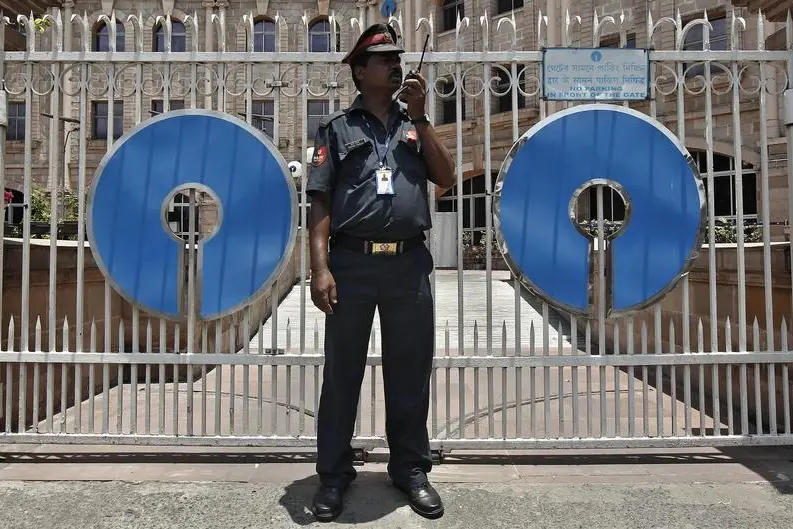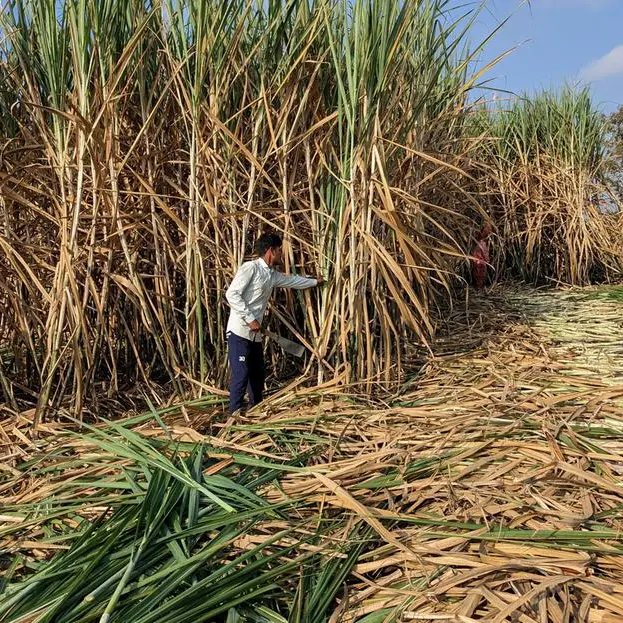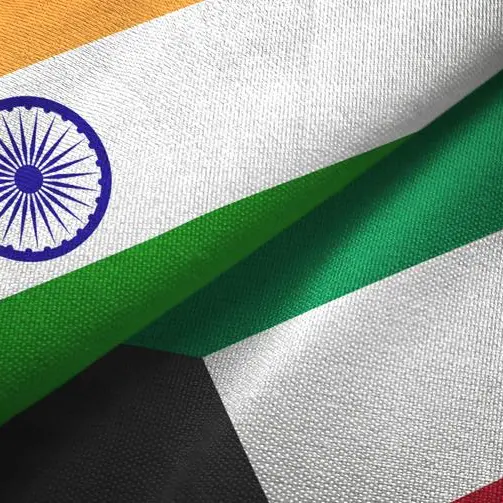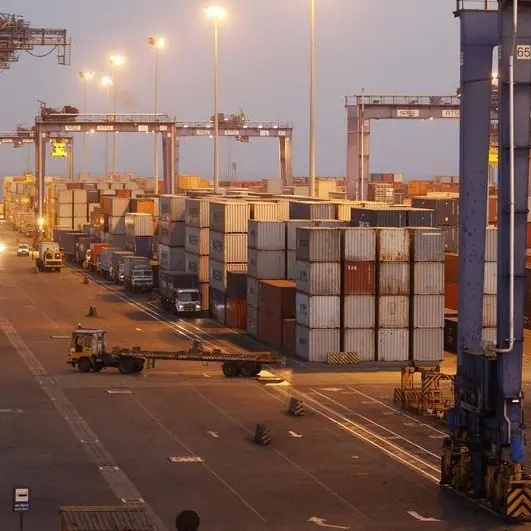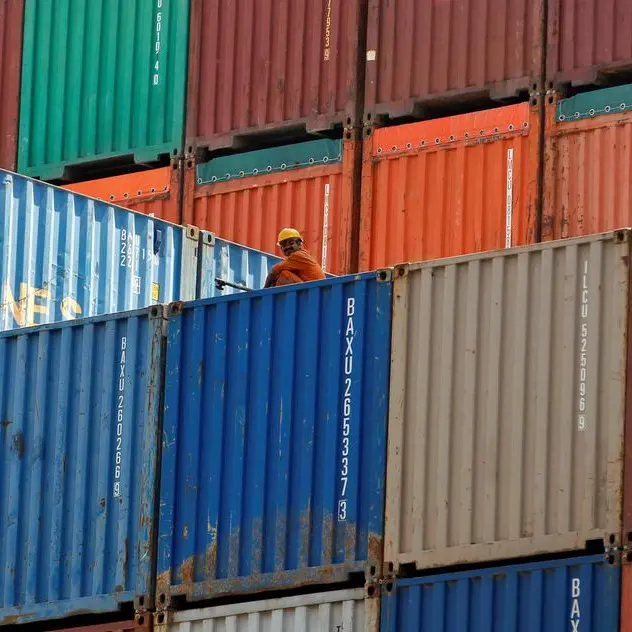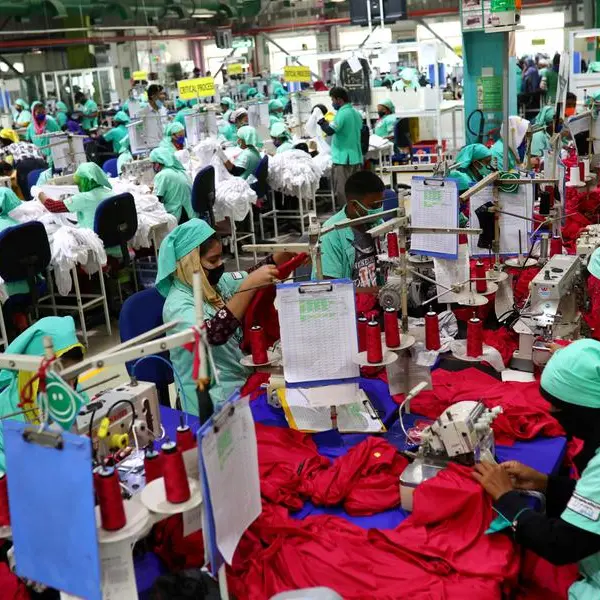PHOTO
The risk of Indian banks' unsecured retail loans turning sour is rising as lending to borrowers with overdue debt has increased, UBS said in a note.
In recent months, lenders in Asia's third-largest economy have boosted their unsecured lending portfolios as the pandemic-induced stress on household finances has eased.
Last week, the country's central bank said it is closely monitoring the segment for signs of nascent stress.
UBS has turned "neutral" on the banking sector and sees a higher probability of regulatory tightening on unsecured loans.
"The share of loans to borrowers with weaker risk profiles has risen along with an increase in retail borrowers' leverage," UBS said on Oct. 12, citing a study it conducted.
Banks' outstanding receipts from credit cards rose to 2.18 trillion rupees ($26.19 billion) as of Aug. 25, from 1.68 trillion rupees a year earlier, central bank data showed. Outstanding personal loans rose 26% in the same period.
The share of lending to borrowers with overdue loans rose to 23% in fiscal year 2022-23 from 12% in fiscal 2018-19, UBS said.
The number of borrowers with multiple retail loans rose to 9.3% in fiscal 2022-23 from 3.9% in fiscal 2017-18, it added.
UBS has raised its credit cost forecasts for Indian banks under its coverage by 5-10 basis points for the fiscal year ending March.
The brokerage has cut its rating on State Bank of India and Axis Bank to "sell" and "neutral," respectively, from "buy," on rising credit costs.
It has also lowered the price target for SBI to 530 rupees from 740 rupees and that for Axis Bank to 1,100 rupees from 1,150 rupees.
Unsecured loans as a percentage of total loans rose to 11.1% for SBI and 10.7% for Axis Bank in June 2023, UBS said.
The brokerage prefers HDFC Bank and IndusInd Bank . (Reporting by Sethuraman NR in Bengaluru; Editing by Mrigank Dhaniwala)
